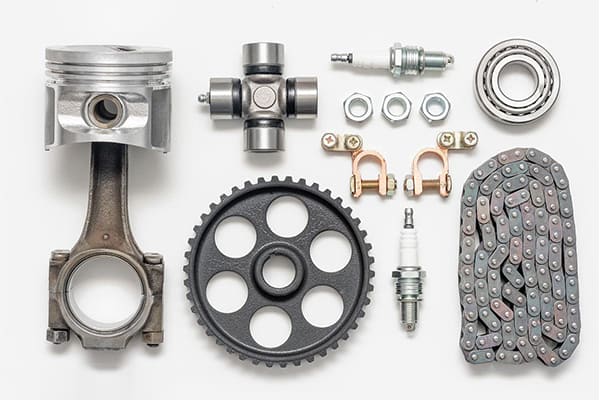The transformative role of robotics in modern society and industries
Robots, once the stuff of science fiction, have seamlessly woven themselves into the very fabric of our contemporary society. From automating repetitive tasks in manufacturing plants to aiding complex surgical procedures, from assisting in household chores to exploring the far reaches of space or the depths of our oceans, robotics has brought about a revolution. This transformation is not merely in how tasks are accomplished but in reimagining what’s possible. The rise of robotics has led to increased efficiency, new capabilities, and the opening of frontiers previously thought unreachable. As industries and societies continue to evolve, robots are set to play an even more integral role in shaping our collective future.
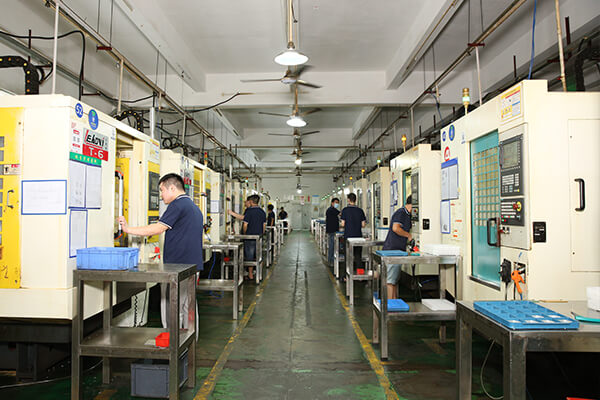
Highly experienced htsin
Early iterations of robots and their manufacturing methods
The concept of automata and robots has fascinated humanity for centuries. Ancient civilizations, from the Greeks to the Chinese, toyed with the idea of creating mechanical beings, leading to the construction of basic automata. These early “robots” were often clockwork-driven devices, marvels of their time, but rudimentary in comparison to today’s standards. The manufacturing of these ancient machines relied heavily on manual craftsmanship, with artisans painstakingly carving, molding, and assembling each part by hand. The resulting creations, while impressive, were limited in function and precision.
The 20th century saw the dawn of what we’d recognize as modern robotics. The term “robot” was popularized in the 1920s, and by mid-century, the first programmable robots started to appear in manufacturing plants. These robots, predominantly hydraulic or pneumatic, required a significant amount of manual assembly. Components were often cast, forged, or machined using traditional methods, resulting in robots that were bulky and limited in terms of dexterity and precision.
sufficient stock
The evolution of robotics and the concurrent advancements in CNC machining
The latter half of the 20th century marked a period of rapid evolution for both robotics and manufacturing techniques. As the demand for more sophisticated robots grew, so did the need for advanced manufacturing methods that could produce intricate, reliable, and durable components. Enter CNC machining.
With the advent of Computer Numerical Control (CNC) technology in the 1960s and 1970s, the production of robotic components underwent a transformative shift. CNC machining, with its precision-driven approach, allowed for the creation of parts that were more intricate, consistent, and tailored to specific needs. The gears became more precise, the structural components more refined, and the electronic housings more exact. This newfound precision enabled the development of robots that were more agile, accurate, and versatile.
As robots became more sophisticated, they, in turn, began to play a role in the CNC machining process. Robotic arms were integrated into CNC workflows, aiding in tasks like material handling, parts placement, and even post-processing. This convergence of robotics and CNC machining set the stage for an era where the boundaries of what was possible in automation and manufacturing were continuously expanded.
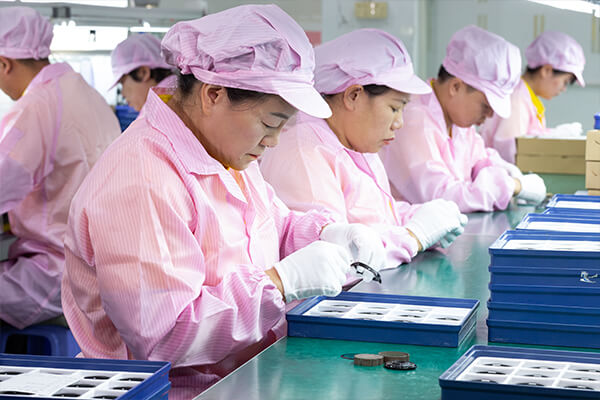
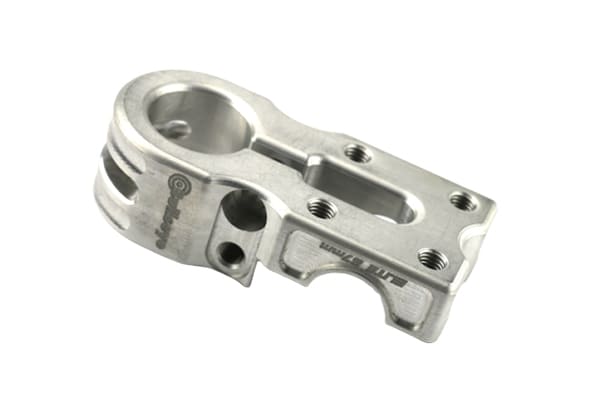
Highly experienced htsin
Key Advantages of CNC Machining in Robotics
- Precision & Consistency: Crafting robotic parts that function flawlessly in automated systems.
- Scalability: From individual prototypes to mass-produced robot components.
- Material Versatility: Creating parts from a variety of materials suitable for diverse robotic applications.
- Complex Geometries: Ability to produce intricate designs essential for advanced robotic mechanisms.
- Cost-Effectiveness: Reduced waste and efficient production cycles lower overall manufacturing costs.
sufficient stock
Applications of CNC Machining in Robotics
- Industrial Robots: Components for robots used in manufacturing and assembly lines.
- Medical Robots: Precision tools and parts for surgical robots and other medical applications.
- Consumer Robots: Parts for household robots, toys, and personal robotic assistants.
- Research & Exploration Robots: Components for robots used in space exploration, deep-sea research, etc.
- Drones & UAVs: Crafting parts for aerial robots used in various sectors.
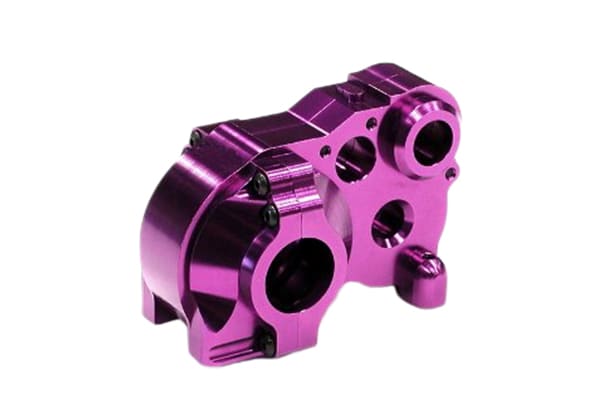
Why Choose Our Services for Robotics CNC Machining?
Htsin Precision is your premier parts manufacturing company, offering custom precision CNC parts that offer more than just quality products.



